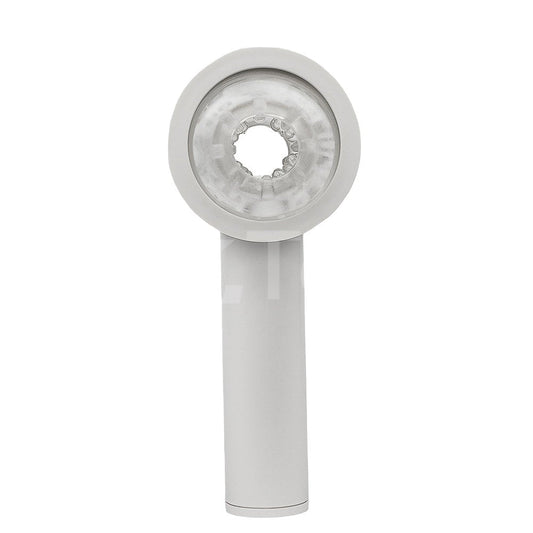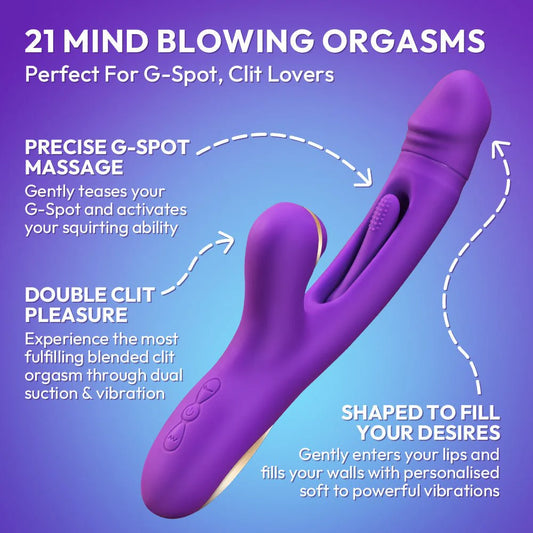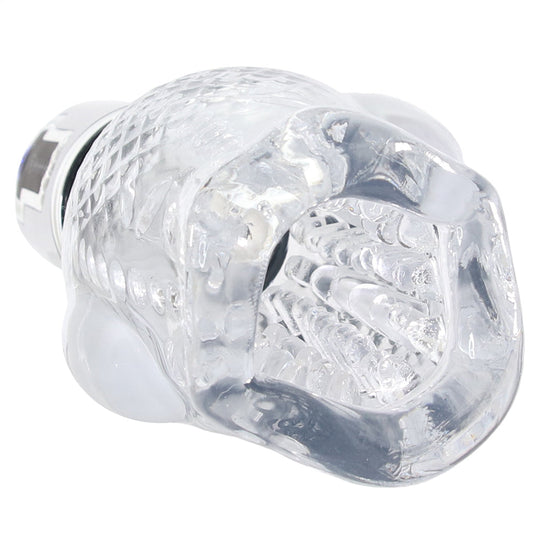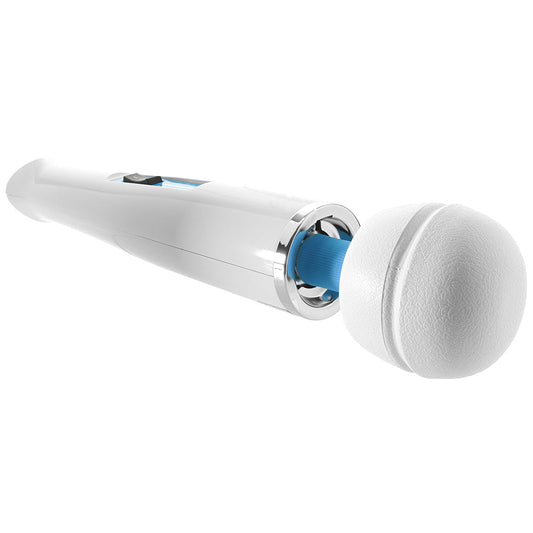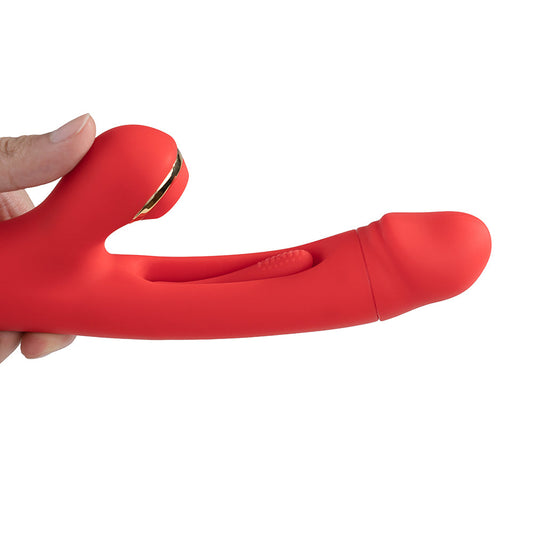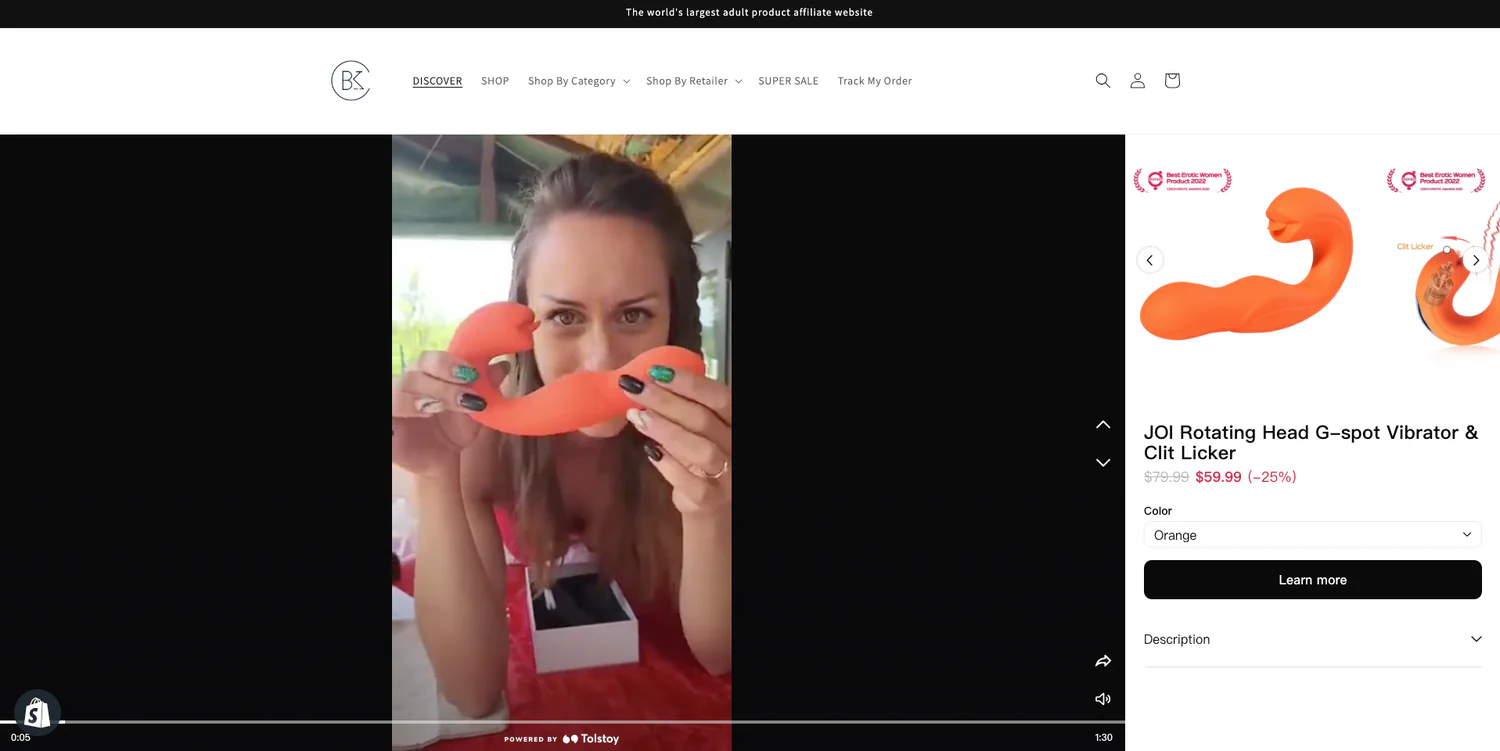In our culture, men are assumed to be obsessed with women’s breasts. Men’s obsession is reflected in the huge vocabulary men use when discussing them: tits, boobs, jugs, hooters, melons, globes, knobs, headlights, mammaries, ta-ta’s, chest toys, fun bags, the girls, etc. In addition, ask any waitress: Low-cut tops with visible cleavage may mean better tips. Many women complain that in conversations with men, the guys look at their breasts, not at their faces. And then there’s the old joke about a group of women who apply for a job. Some are highly qualified, others, less qualified. Who gets hired? The one with the biggest breasts.
To feel attracted to a woman, some men may feel they need a certain breast size—large, medium, or small (just as some women may have certain requirements about height or body type in men). But most men like any breasts, especially those attached to the women they’re involved with. That’s what researchers at UCLA and Cal State Los Angeles found in a survey of 52,227 heterosexual adults, ages 18 to 65, who responded to an online survey. A majority of the men (56%) said they were “satisfied with their partners’ breasts.”
But among the women, only 30% felt satisfied with their own. The researchers observed: “Younger and thinner women worried that their breasts were too small. Older and heavier women were concerned about droopiness.”
So 70% of women—almost three-quarters—say they’re dissatisfied with their breasts. Many of them don’t just fret. They take action. Countless millions of women wear padded bras, and choose fashions that focus attention on or away from their breasts or cleavage, depending on the occasion and how they feel about their chests.
In addition, breast surgery is the number one cosmetic procedure in the U.S. The American Society of Plastic Surgery estimates that every year American women undergo some 300,000 breast augmentations and 100,000 breast reductions. Women who get augmented, typically want a one- or two-cup-size increase, most typically from A or B to C. Women who want reductions typically go one or two cup sizes down.
Men’s breast obsession is clearly sexual. Women’s breasts are among men’s favorite sex toys. But it’s hard to know exactly where women’s breast obsession comes from. Men certainly play a role. According to the study, if 56% of men feel satisfied with their partners’ breasts, then 44% of men—a large proportion–feel unsatisfied. Many women who get augmented say their husbands or boyfriends encouraged or pressured them into it.
Fashion also plays a role in women’s breast obsession. From Jane Mansfield’s torpedoes in the 1950s to the small, adolescent chests of today’s top models, breast fashions evolve. But fashion is not destiny. While designers generally favor a petite chest, augmentation is three times as popular as reduction.
Finally, mental health appears to play a role in women’s breast obsession. Women who are sufficiently dissatisfied to have cosmetic surgery also tend to feel dissatisfied with other aspect of their lives, feelings that may include serious depression. Several studies agree that compared with women who live with the breasts they were born with, those who choose augmentation are twice as likely to commit suicide.
Men and women are both breast-obsessed, but differently. Attention women: Chances are the man in your life likes your breasts better than you do. Attention men: Chances are the woman in your life is critical of her breasts, and might appreciate any reassurance you can provide.



